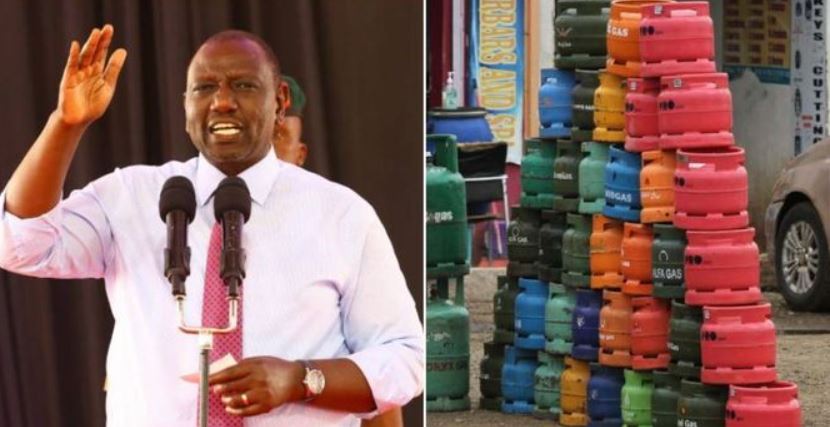
The government is reviving its plan to distribute affordable liquefied petroleum gas (LPG) cylinders to low-income households. This new approach shifts away from the failed Mwananchi Gas project through the National Oil Corporation (NOC), focusing instead on a public-private partnership with licensed oil marketing companies (OMCs).The initiative aims to distribute 9.
6 million 6-kg LPG cylinders to households. Under this plan, selected OMCs will match each government-supplied cylinder with their own, increasing the total number of cylinders issued. The government hopes this will promote clean energy adoption while reducing dependence on charcoal and kerosene.

Energy and Petroleum Regulatory Authority (EPRA) Director-General Daniel Kiptoo emphasized that partnering with private sector players will improve distribution efficiency.“This will allow them to leverage existing supply chains to distribute those cylinders,” Kiptoo said.The shift comes in response to a surge in LPG demand, which grew by 13.
38 percent in 2024, with consumption reaching 414,861 tonnes—up from 360,593 tonnes the previous year.This new direction follows the collapse of the Mwananchi Gas project, which launched in 2016 but ultimately failed due to inefficiencies, accountability issues, and defective cylinders.A government audit revealed that 149,773 cylinders distributed through the project could not be accounted for by June 2023.
It also found that Ksh1.12 billion had been invested, but 79,057 units were found to be faulty, leading to the program’s suspension in 2019.“The items were lying at the warehouses rented by the Ministry and National Oil Corporation of Kenya,” Gathungu reported.
She revealed that Ksh1,104,781,654 was spent on purchasing LPG cylinders, accessories, and inspecting the items, including two-burner low-pressure cookers.In 2017, the Treasury allocated Ksh2.2 billion for the program and later increased funding to Ksh3.
1 billion through a supplementary budget.Now, the government is counting on the involvement of licensed OMCs to ensure better oversight and efficiency, hoping to avoid the mistakes of the past.The post Govt Shifts Focus to Private Sector for Affordable LPG After Mwananchi Gas Failure appeared first on Nairobi Wire.
.








_8.jpg?itok=wp-xhXRB)





